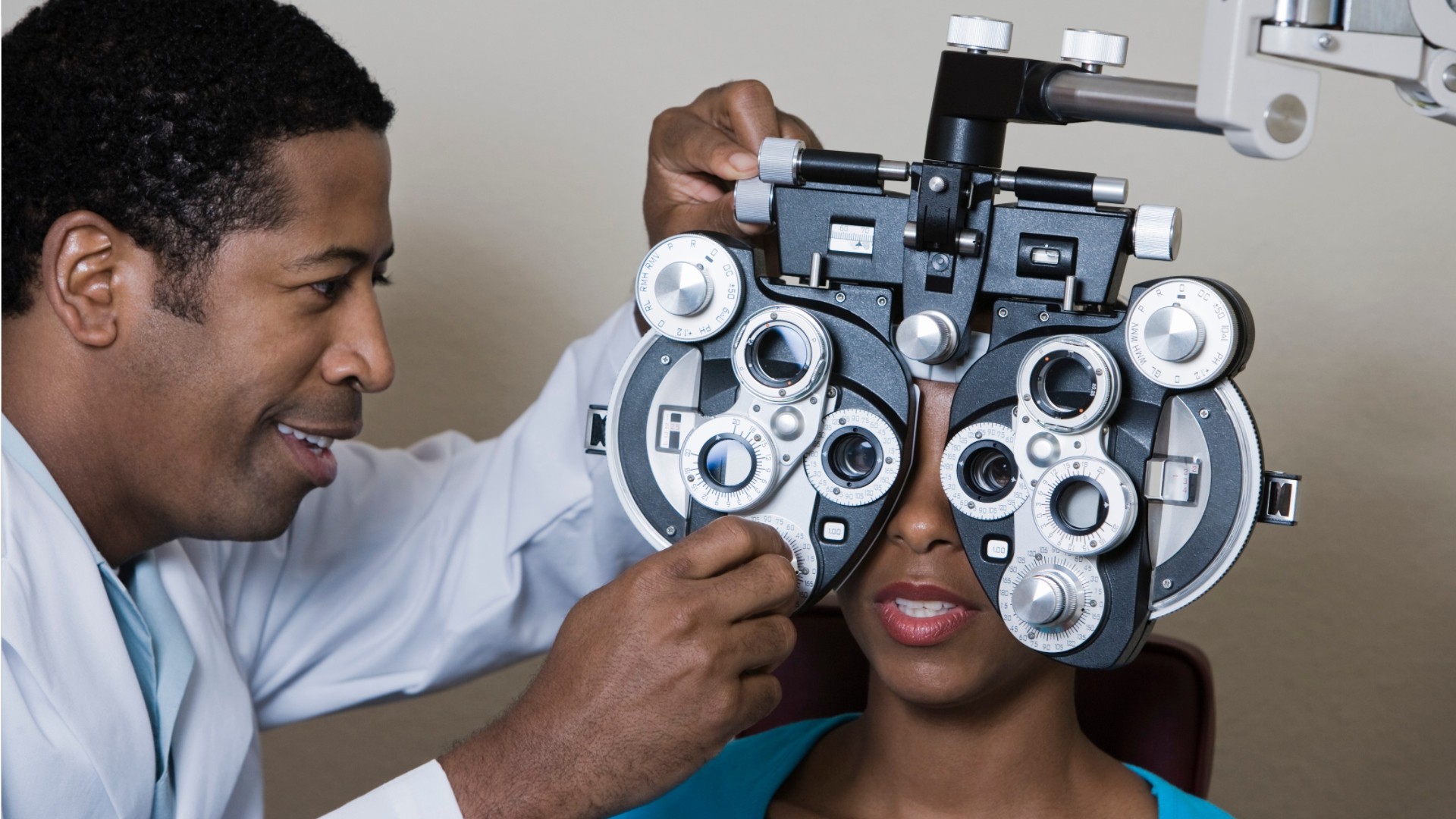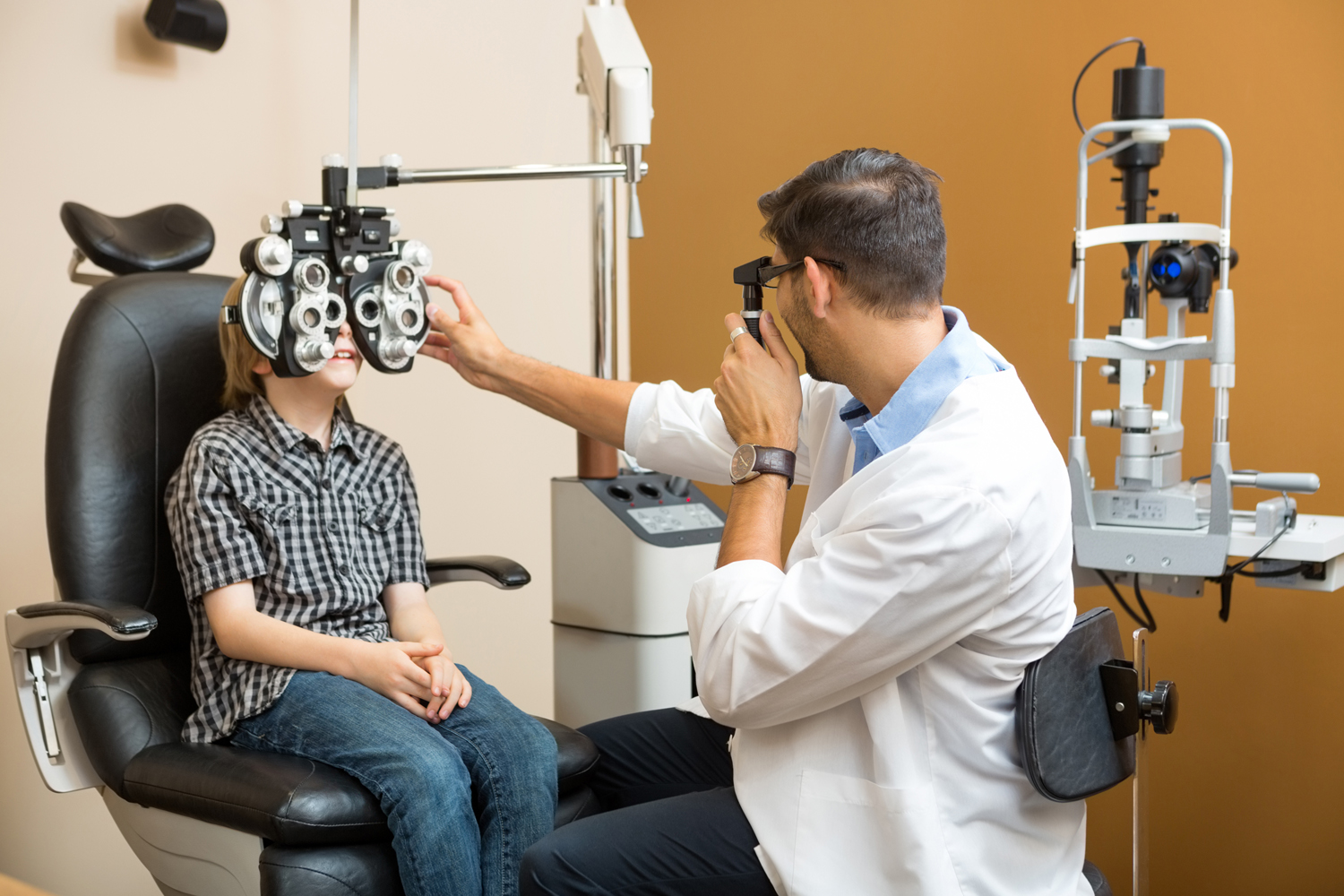Exploring the most recent Technological Innovations in Optometry and What They Mean for Eye Doctors
In the ever-evolving area of optometry, recent technological innovations are improving how practitioners come close to eye care. From the accuracy of Optical Coherence Tomography to the nuanced insights used by AI-driven diagnostic devices, these technologies are establishing new criteria in individual assessment and therapy. Teleoptometry is poised to redefine access, making sure that knowledge goes beyond geographical limitations. As these developments penetrate the method, eye doctors are confronted with the obstacle of accepting these devices to improve person results. Yet, the concern continues to be: how will these technical shifts redefine the duties and responsibilities within the profession?
Innovations in Diagnostic Devices
Progressing the field of optometry, innovations in diagnostic tools have actually changed the way eye care professionals assess and detect visual disabilities and ocular problems. The previous decade has seen significant technical improvements, allowing more exact and comprehensive examinations.
Another secret development is the introduction of innovative corneal topography systems, which map the surface curvature of the cornea with accuracy. These devices are especially advantageous for suitable contact lenses and diagnosing corneal disorders. Moreover, electronic retinal imaging has changed traditional ophthalmoscopy, supplying comprehensive, breathtaking sights of the retina that help with comprehensive visual exams.
The growth of wavefront aberrometry has also been important, enabling the analysis of refractive mistakes with unmatched accuracy (Opticore Optometry). This technology assists in personalizing restorative lenses and boosting surgical outcomes for refractive surgical treatments. Collectively, these analysis innovations empower eye doctors to supply superior client care, guaranteeing early treatment and tailored treatment methods, eventually boosting aesthetic health and wellness end results
AI in Patient Monitoring
Building on the structure of innovative diagnostic tools, the unification of expert system (AI) in patient administration stands for a transformative jump for optometry. AI systems are progressively employed to enhance efficiency, precision, and personalization in individual care. By evaluating vast amounts of data, AI can determine patterns and predict potential eye problems, allowing optometrists to tailor treatments better. This capacity is critical in taking care of persistent eye diseases such as glaucoma and diabetic person retinopathy, where early discovery and continuous monitoring are vital.
In addition, AI-driven systems help with structured patient communications and management procedures. Automated scheduling, digital examinations, and personalized follow-up strategies not just improve client contentment yet additionally maximize time monitoring for professionals. These systems can triage patients based on the necessity of their problems, ensuring that those in important need receive punctual focus.
Furthermore, AI improves decision-making by giving optometrists with evidence-based suggestions and therapy paths. By integrating data from electronic wellness documents, AI tools provide understandings that educate clinical choices, decreasing the danger of errors and enhancing patient end results. As AI remains to advance, its duty in client administration will likely broaden, improving the landscape of optometric treatment.
Advances in Retinal Imaging
In the realm of optometry, retinal imaging has seen amazing technological developments that are enhancing analysis capacities and person treatment. Developments such as Optical Coherence Tomography (OCT) and fundus digital photography have actually reinvented how eye doctors picture and analyze the retina.
Boosted imaging techniques like OCT angiography are additional refining analysis precision. This non-invasive method maps blood flow in the retina, using important understandings right into vascular health without the demand for dye injections. In addition, adaptive optics technology is being incorporated right into retinal imaging systems to remedy ocular aberrations, providing unprecedented picture clarity. Such improvements facilitate the recognition of minute retinal adjustments that might indicate illness progression.
Furthermore, improvements in synthetic intelligence are boosting retinal imaging by enabling automatic evaluation of big datasets. These systems assist optometrists in determining patterns a measure of pathology, consequently enhancing analysis accuracy and efficiency. Collectively, these technologies are transforming retinal imaging right into a keystone of contemporary eye treatment, improving end results and expanding restorative possibilities.
Teleoptometry's Expanding Function
Teleoptometry is increasingly becoming an essential element of eye care, driven by innovations in digital interaction and diagnostic devices. As optometry embraces electronic transformation, teleoptometry helps with remote appointments, allowing optometrists to extend their solutions beyond traditional borders. This is especially helpful in underserved and country areas where accessibility to specialized eye treatment is commonly limited. By leveraging high-resolution video conferencing and advanced retinal imaging, eye doctors can conduct thorough eye tests from afar, guaranteeing timely diagnosis and therapy.
The assimilation of man-made knowledge (AI) additional enhances teleoptometry, making it possible for the analysis of aesthetic information and assisting in the detection of ocular problems such as glaucoma and diabetic person retinopathy. AI-powered algorithms can rapidly interpret intricate imaging information, supplying eye doctors with useful insights that reinforce scientific decision-making.
Additionally, teleoptometry supports continuity of treatment via seamless integration with digital wellness records (EHRs), allowing optometrists to keep detailed patient backgrounds. This guarantees that clients receive individualized and regular care even when speaking with different specialists.
Regardless of these benefits, obstacles continue to be, including ensuring data protection and managing client assumptions. Teleoptometry stands for a significant stride towards even more accessible, effective, and patient-centered eye treatment. As modern technology advances, its duty is poised to broaden even more.

Future Patterns in Eye Care
A myriad of ingenious fads directory is set to reshape the future of eye care, driven by technological innovations and the progressing needs of people. One significant pattern is the combination of expert system (AI) in diagnostics, which assures to enhance the precision and efficiency of eye exams. AI formulas can assess huge quantities of information from retinal pictures, possibly detecting conditions like diabetic person retinopathy and glaucoma earlier than conventional methods.
Additionally, tailored medication is getting traction in optometry, with genetic testing informing tailored therapy strategies. This method intends to maximize person end results by customizing treatments to private hereditary accounts. Wearable innovation, such as clever get in touch with lenses, is my blog additionally on the horizon, supplying real-time surveillance of intraocular pressure or glucose levels, hence providing constant understandings right into ocular and systemic health and wellness.
The go to these guys adoption of enhanced fact (AR) and virtual reality (VIRTUAL REALITY) in training and patient education and learning is an additional emerging trend. These innovations provide immersive experiences that can enhance understanding and abilities both for people and optometrists. As these trends progress, optometrists must stay abreast of technological advancements to provide advanced care, making certain improved client outcomes and complete satisfaction in the vibrant landscape of eye care.
Conclusion

Jointly, these analysis developments empower eye doctors to deliver superior patient treatment, making sure early treatment and tailored treatment approaches, eventually improving visual health results.

As these innovations proceed to develop, optometrists should adjust and include them into method, ultimately enhancing workflow effectiveness and boosting the requirement of eye care supplied to people.